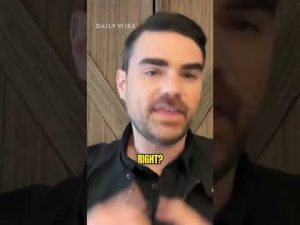The recent conversation surrounding the police response to high-profile incidents of alleged police brutality, particularly the deaths of individuals like George Floyd and Michael Brown, raises important questions about law enforcement’s role in maintaining public safety. This dialogue often neglects to address a critical outcome: the so-called “Ferguson Effect” and “Floyd Effect.” These terms reference the phenomenon whereby police officers, fearing backlash and media scrutiny, become more hesitant to engage in proactive policing, leading to increases in crime rates in some areas.
Following the protests spurred by the high-profile cases of Ferguson and Floyd, many officers across the nation opted for a more restrained approach to their work. This decision is understandable when considering the volatile environment they operate within. Officers now face the reality that every action they take could be subject to intense public and media scrutiny, leading to fear rather than confidence in carrying out their duties. This sentiment is not unfounded; data from certain cities shows a decline in police-initiated actions, such as arrests, which in some cases was followed by a rise in violent crime.
The data shared in discussions highlights this reality: certain major cities experienced increases in violent crime in the wake of these protests. However, reports of 15,000 excess deaths among Black males due to violence in the aftermath of the George Floyd riots are not substantiated by available evidence. While the relationship between reduced police activity and rising crime remains a matter of debate, some studies suggest that when law enforcement pulls back, crime can rise, especially homicides, as observed in cities like St. Louis.
Critics of this argument, including some commentators on platforms like CNN, often dismiss these observations as speculative. However, the numbers in some cities do suggest that reduced police activity may coincide with increases in violent crime. The disconnect here seems to stem from a failure to adequately address the fundamental role that active policing plays in deterring criminal behavior.
In a hypothetical scenario where officers continue proactive measures despite the risk of backlash, one might envision a decrease in violent crime rates. However, when officers shift to a more reactive capacity, merely waiting for calls rather than actively patrolling neighborhoods, the consequences can be dire. Communities suffer when law enforcement is restrained, begging the question: what is the ultimate goal? Is it to hold police accountable while allowing crime to escalate, or is there a pathway to keep communities safe while ensuring justice and effective policing practices?
In conclusion, understanding the aftermath of incidents like Ferguson and Floyd requires careful consideration of how policing affects community safety. While some areas have seen increased crime rates following reductions in police proactivity, the exact relationship between public scrutiny and crime remains an open question. As the data suggests, a balance must be struck that protects both our communities and our officers.







